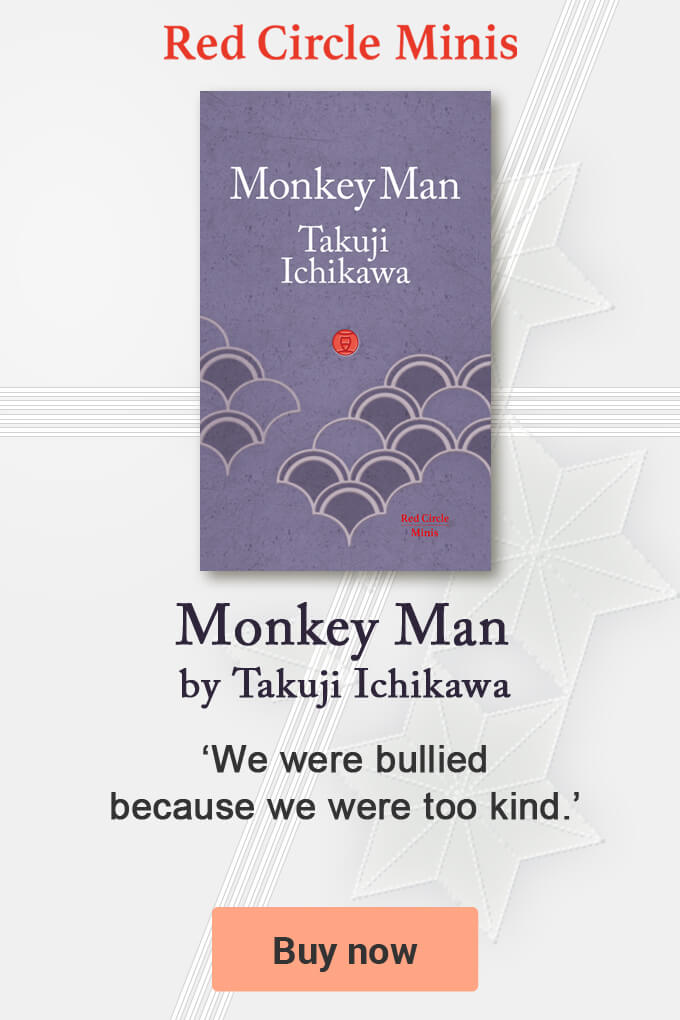The publication in 1981 of The Tokyo Zodiac Murders, by Soji Shimada, generated a boom in whodunnits in Japan and a reappraisal of the somewhat out-of-favour and often derided genre, known locally as honkaku mysteries, classical, authentic or orthodox mysteries, which had often been looked down on by Japan’s literati.
So much so that The Tokyo Zodiac Murders, which has now been translated into many different languages including Russian, Chinese and English, and is considered a modern classic and one of the best Locked-Room mysteries ever written, spawned a new genre or sub-genre known as shin-honkaku, neoclassical or post-modern mysteries.
This helped rebrand and popularise the whodunnit in a new brilliantly creative form in Japan and encourage Japanese readers to revisit works by earlier generations of Japanese authors that also contain fiendishly complex puzzling murder mysteries.
“Mystery writers were looked on with scorn and distain by Japan’s literary circles, and authors of so-called Jun-bungaku, pure literature,” Shimada points out.
Shimada penned a manifesto, sengen, in 1989 on the scope of the new sub-genre he represented and published schema mapping out the definitions of the various crime fiction and mystery publishing labels and sub-genre.
Crime fiction has a long history in Japan and early Western visitors to Japan at the end the 19th century, including the famous Victorian travel writer Isabella Bird (1831-1904), commented on the large number of crime fiction titles on sale in Japan in the 1870s.
Despite this Japan’s first official detective story was published in 1889, Muzan, Cold Blood, by Ruiko Kuroiwa (1862-1913) after the arrival of highly influential Western-style detective fiction in Japan in translation.
It was, however, Taro Hirai (1894-1965), writing under the pen name Edogawa Rampo, who established the modern genre in Japan.
Other highly talented authors, like Shimada, who is now sometimes referred to as the Japanese master of the post-modern whodunnit, have also helped produce new interest in the broader category attracting both new readership and authorship.
An interesting example is Miyuki Miyabe who won the Japan Mystery Writers Association Prize in 1987 putting her on the literary map and triggering a boom in female crime writing in Japan that continues today.
Unlike authors of previous generations, including Shimada, she hasn’t felt constrained or defined by the various schools of Japanese crime fiction and has freely mixed styles and bent genres to great success generally avoiding outrageous puzzles.
All this has created lasting momentum for crime related Japanese fiction in all its different creative forms.

